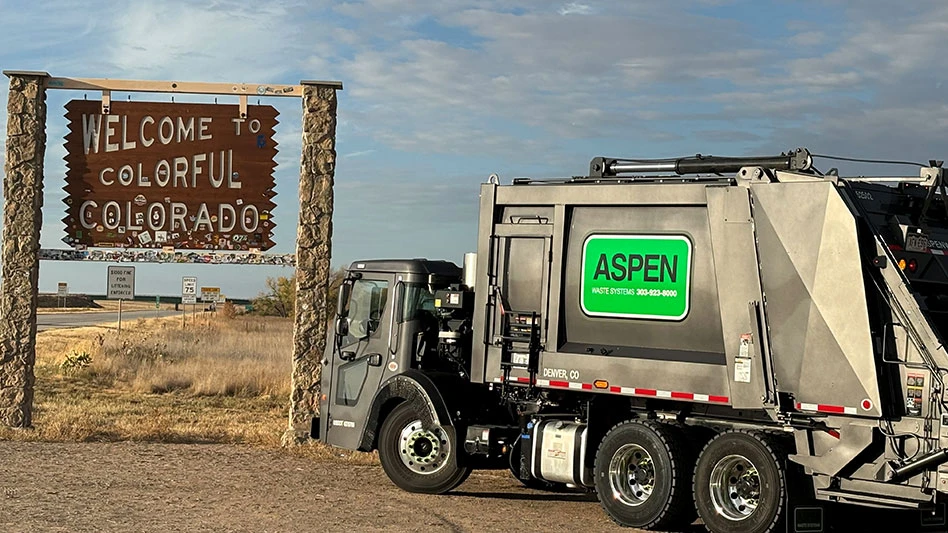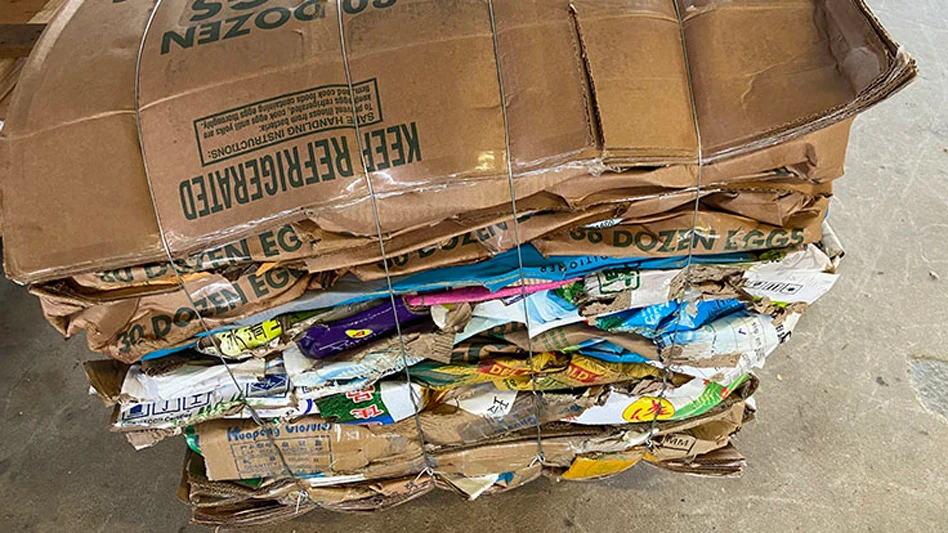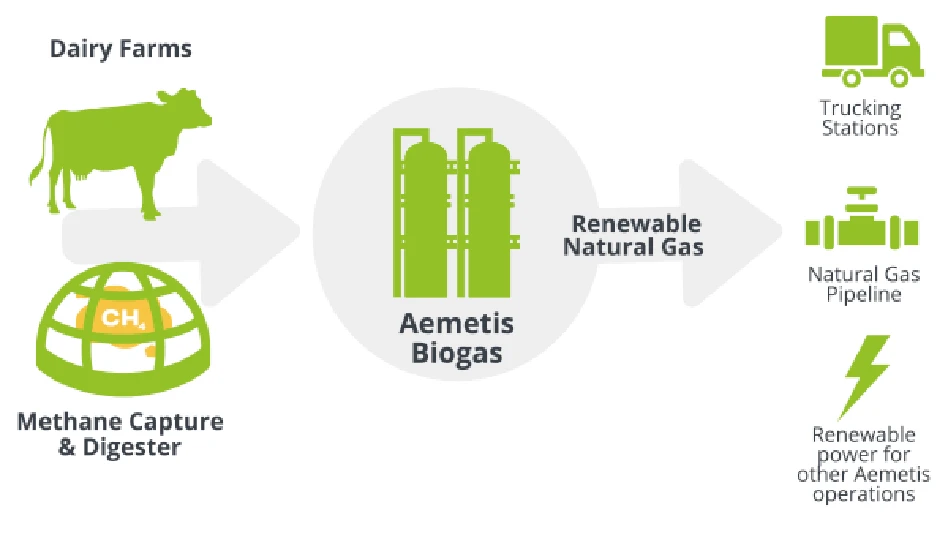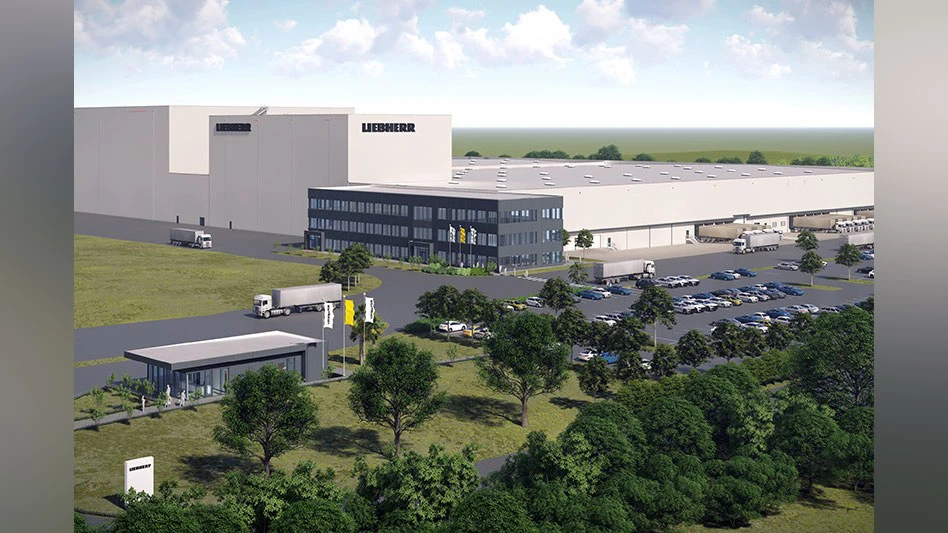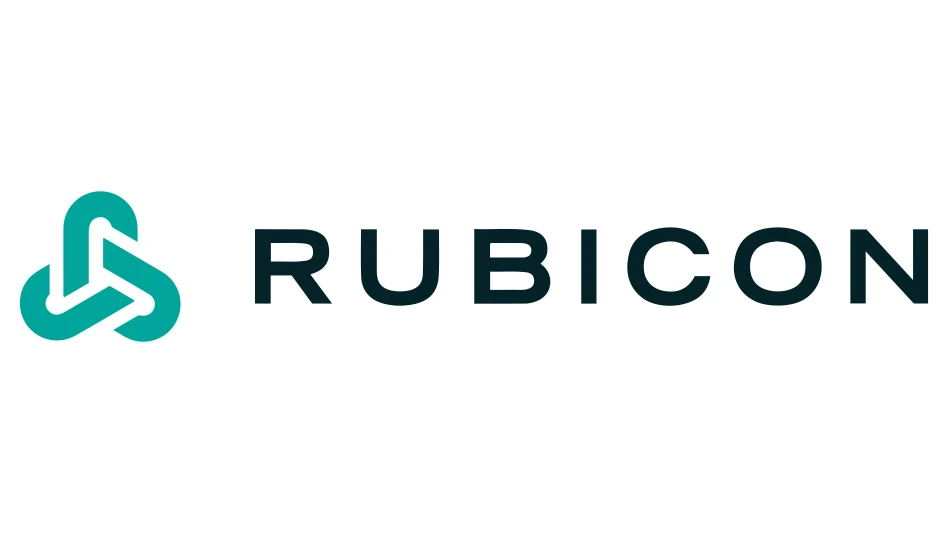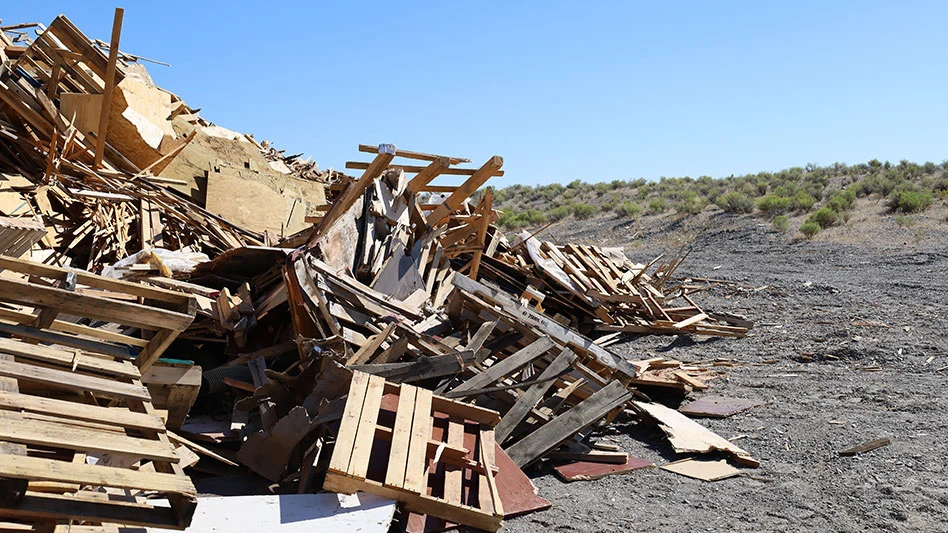
Photo courtesy of Idaho National Laboratory
Scientific models are used to make predictions about climate change. These models also shape the actions taken to reduce human-produced greenhouse gases (GHGs). For example, the Intergovernmental Panel on Climate Change developed internationally agreed upon guidelines regarding GHG accounting that countries around the world use for official reporting. The data produced can help countries decide where to focus their efforts so they can meet their decarbonization commitments.
Models are, most definitely, incredibly useful for these purposes. They help to set goals, inform strategies and track progress. However, studies that determine actual emissions are key when refining decarbonization tactics.
In 2021, Idaho National Laboratory (INL), one of the Department of Energy’s 17 national laboratories and the lead nuclear energy laboratory, began its own GHG emissions reduction when it committed to reach net-zero carbon emissions by 2031.
In addition to efforts to decarbonize a large and complex vehicle fleet, two campuses with 300 Department of Energy-owned buildings and energy-intensive research facilities, INL also committed to address emissions from a nearly 200-acre landfill.
In 2019, the INL landfill was estimated to have emitted 6,010 MTCO2e using the U.S. Environmental Protection Agency’s (EPA's) Land Gas Emissions Model (LandGEM). According to these calculations, the emissions created by this landfill were comparable to the laboratory’s stationary combustion emissions (6,540 MTCO2e) and 700-vehicle fleet (6,393 MTCO2e).
Landfills are, indeed, a significant source of emissions. U.S. landfills contributed about 14.4 percent of human-related methane emissions—equivalent to the emissions of about 24 million passenger cars—in 2022, according to the EPA. Because methane is a potent greenhouse gas with more than 28 times the impact of carbon dioxide, mitigating methane emissions can have significant benefits.
The first step to mitigating emissions is through diversion tactics. INL was able to reduce emissions via its extensive recycling program, which regularly diverts between 50 and 60 percent of waste at its desert site. In Fiscal Year 2021, the 59.6 percent of waste it diverted equated to about 1.6 million pounds of materials and included office paper, cardboard, scrap metal, wood, cooking oil, toner cartridges, plant mail and wood pallets.
An important part of making these efforts successful is clear communication with employees about what is and is not recyclable. INL has created signed to help employees separate trash that utilizes images and posted it above receptacles.
First steps
As INL’s Net-Zero Program looked into mitigating the remaining emissions, it considered a wide range of options, including a landfill gas collection and control system that could capture the methane emitted and potentially turn it into fertilizers or other value-added products.
The first step, however, was to implement a monitoring system to determine actual emissions. This is important because LandGEM assumes a homogenous waste mix and uses a default methane generation rate and potential methane generation capacity.
Further, LandGEM does not consider biological degradation of methane before methane escapes the landfill to the atmosphere. These assumptions can lead to important disparities if the actual landfill composition and climate differ from the model's defaults.
INL hired a subcontractor to conduct a 12-month monitoring study of landfill emissions, using soil vapor sampling probes to measure the concentrations of methane, carbon dioxide and oxygen within the landfill waste mass.
The subcontractor also conducted surface emissions monitoring during the same period, except when the landfill was covered with snow. The study's findings were compared against LandGEM estimates, which were based on the type of landfill, waste composition and local climate factors.
A cost-effective method
The findings indicated significantly lower actual emissions than those estimated using LandGEM. The study reported that actual emissions were estimated at a maximum of 1,584 mt CO2e, compared with LandGEM estimates of approximately 8,000 mt CO2e for that reporting year.
Possible factors that contributed to lower emissions included the landfill's high content of inert waste, the dry regional climate and the biodegradation of methane within the landfill itself. Monitoring of surface emissions suggests that that the amount of greenhouse gases, including methane, escaping from the landfill surface are negligible.
Given the lower-than-expected emissions, a costly landfill gas collection and control system would not provide sufficient return on investment. Adding a vegetative layer to support microbial activity would be a far less costly method to aid in the methane plus oxygen reaction conversion to carbon dioxide and water. The vegetative layer further reduces the atmospheric release of GHGs to the surface.
Other mitigation tactics
In addition to the landfill monitoring study, INL also conducted an assessment for opportunities to divert waste. The results highlighted the importance of continuing to recycle used tires and separating waste to enable the recycling of metal, aggregate and wood.
The study suggested numerous mitigation tactics, as well, including the use of compostable service ware in its cafeterias and the implementation of a composting program either on-site or in partnership with the county.
Given the amount of municipal solid waste (MSW) generated by cafeterias and the availability of wood waste material, it was determined that INL likely has the appropriate materials for a productive composting program, especially if established in conjunction with the county.
The compost produced by a collaborative effort could benefit local community members, agriculture and restoration efforts occurring on-site as well as on adjacent public lands by providing soil amendments. Numerous composting options exist, including windrows, in-vessel, static aerated pile and vermicomposting. Additionally, wood waste could be chipped and used for on-site landscaping (mulch) or biochar. Any aggregate waste can be ground and sold to local, city or municipal contractors.
Finally, the study highlighted the importance of community engagement and involvement. School programs such as Garbage to Garden can connect composting efforts to local classrooms. Composting programs can also benefit parks and recreation departments as well as local community gardens. In some areas, composting programs can pay for themselves by selling the mulch and compost created to community members and local gardening stores, which can elevate program feasibility in many areas.
Cory Hatch is senior science writer and editor for Idaho National Laboratory. He can be reached at matthew.rodgershatch@inl.gov. Betsy Brunner is Idaho National Laboratory's Net-Zero Program's business development and financial strategist. She can be reached at elizabeth.brunner@inl.gov.
Latest from Waste Today
- Capital Waste acquires Tennessee Waste Haulers
- Van Dyk partners with Reckelberg Environmental Technologies
- CRI submits comments to CalRecycle on CRV handling payments
- Reworld acquires EnviroVac Waste Transport
- Waga Energy partners on RNG project at France landfill
- Hawaiian county selects landfill site
- CAA submits final draft program plan in Oregon
- Washington city adds organics collection to waste service
